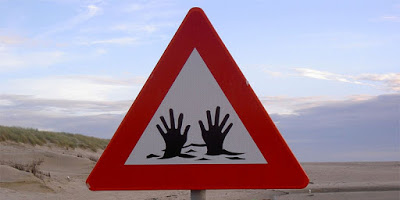The euro is paring the recovery that began in the middle of the ECB’s press conference yesterday. The markets had reacted as one intuitively would expected to broad easing of interest rates and credit conditions.

The market reversed, and violently so, only after Draghi seemed to rule out further interest rate cuts. Many investors took this to mean the ECB had gone all in and that monetary policy had reach the end. We do not expect this interpretation to be sustained.
Even though we suspect that Draghi could have simply said that with the new initiatives, the ECB was reasonably confident that deflation forces will be arrested and the tightening of financial conditions will be reversed. He could have continued to explain that the ECB does not pre-commit and that it is prepared to take fresh actions should they be judged necessary.
However, we recognize Draghi’s constraints. He indicated that a tiered deposit rate was rejected because the exemptions would imply the complete removal of a lower bound of interest rates. The ECB does not accept that. Even if there were some doves that believe that minus 40 bp is some kind of floor, when other central banks, like the Swiss National Bank, has more negative rates, there likely had to be a compromise with those who are uncomfortable with the negative rate regime.
There are three things that much of the post-mortem commentary has missed. First, Draghi directed the focus of additional measures on credit easing, that is QE, rather than rates. Draghi had previously indicated that interest rate policy had reached the end of tether, only to backtrack. Second, most of the criticism has been levied against monetary policy rather than communication. It was essentially one comment by Draghi that reversed the markets’ initial constructive response. Third, the success or failure of the ECB’s new initiative cannot be judged by the reaction to largely one class of investors (speculators) in the first 24-hours.









Leave A Comment